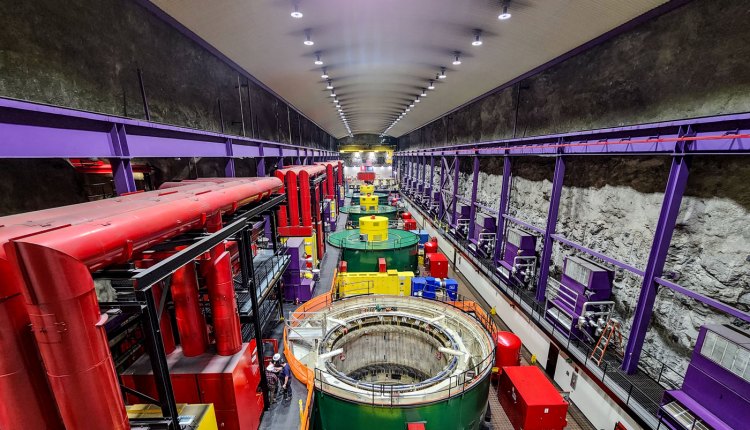An article written on Science.org by Robert Kunzig, discusses the resurgence of interest in pumped storage hydropower plants as a solution to store surplus energy from renewable sources like wind and solar. These plants, such as the Raccoon Mountain facility in Tennessee, pump water from a lower reservoir to an upper one during periods of low electricity demand, and release it through turbines to generate electricity during peak demand. Pumped storage hydropower, providing over 90% of existing grid storage, has gained attention due to its ability to address the intermittent nature of renewable energy.
The global interest in pumped storage is growing, with China leading in the construction of new plants. Other countries, including Switzerland, Austria, and Australia, are also investing in these facilities. Australia, in particular, is embracing pumped storage as a key component of its transition to renewable energy, with projects like Snowy 2.0 aiming to become one of the world’s largest energy storage systems.
While pumped storage is proven technology, challenges exist in the United States, where large facilities haven’t been constructed since the 1990s. The high upfront costs, uncertain returns on investment, and potential environmental impact are factors hindering new projects. However, the federal government is providing encouragement through studies and tax credits, and there’s ongoing interest in identifying suitable sites for new pumped storage plants.
As the need for long-duration energy storage grows, especially in fully decarbonized grids, pumped storage is seen as a reliable option compared to short-duration solutions like lithium-ion batteries. The article also mentions the potential competition from emerging technologies like flow batteries and advanced rail energy storage, which aim to offer alternatives to pumped storage with potentially fewer environmental impacts.



Comments are closed.